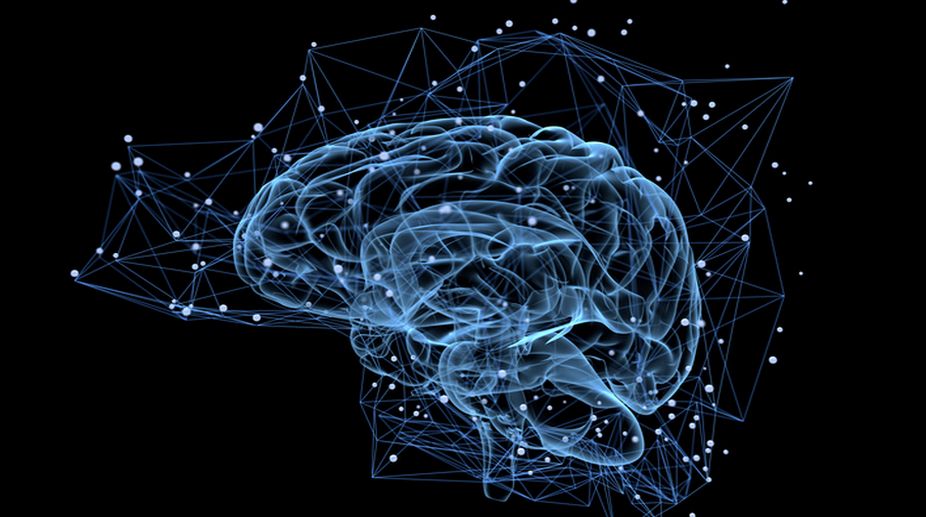Scientists have developed a new mind-controlled device that could help paralysed stroke patients regain movement in their hands.
Stroke patients who learned to use their minds to open and close a device fitted over their paralysed hands gained some control over their hands, according to a new study from Washington University School of Medicine in the US.
By mentally controlling the device with the help of a brain-computer interface, participants trained the uninjured parts of their brains to take over functions previously performed by injured areas of the brain, the researchers said.
"We have shown that a brain-computer interface using the uninjured hemisphere can achieve meaningful recovery in chronic stroke patients," said Professor Eric Leuthardt, co- senior author of the study published in the journal Stroke.
Stroke is the leading cause of acquired disability among adults.
In the first weeks after a stroke, people rapidly recover some abilities, but their progress typically plateaus after about three months.
"We chose to evaluate the device in patients who had their first stroke six months or more in the past because not a lot of gains are happening by that point," said Thy Huskey, from The Rehabilitation Institute of St Louis in the US.
The Ipsihand device comprises a cap that contains electrodes to detect electrical signals in the brain, a computer that amplifies the signals, and a movable brace that fits over the paralysed hand.
The device detects the wearer's intention to open or close the paralysed hand, and moves the hand in a pincer-like grip, with the second and third fingers bending to meet the thumb.
Participants underwent a standard motor skills evaluation at the start of the study and every two weeks throughout.
The test measured their ability to grasp, grip and pinch with their hands, and to make large motions with their arms.
Among other things, participants were asked to pick up a block and place it atop a tower, fit a tube around a smaller tube, and move their hands to their mouths. Higher scores indicated better function.
After 12 weeks of using the device, the patients' scores increased an average of 6.2 points on a 57-point scale.
"An increase of six points represents a meaningful improvement in quality of life. For some people, this represents the difference between being unable to put on their pants by themselves and being able to do so," Leuthardt said.











